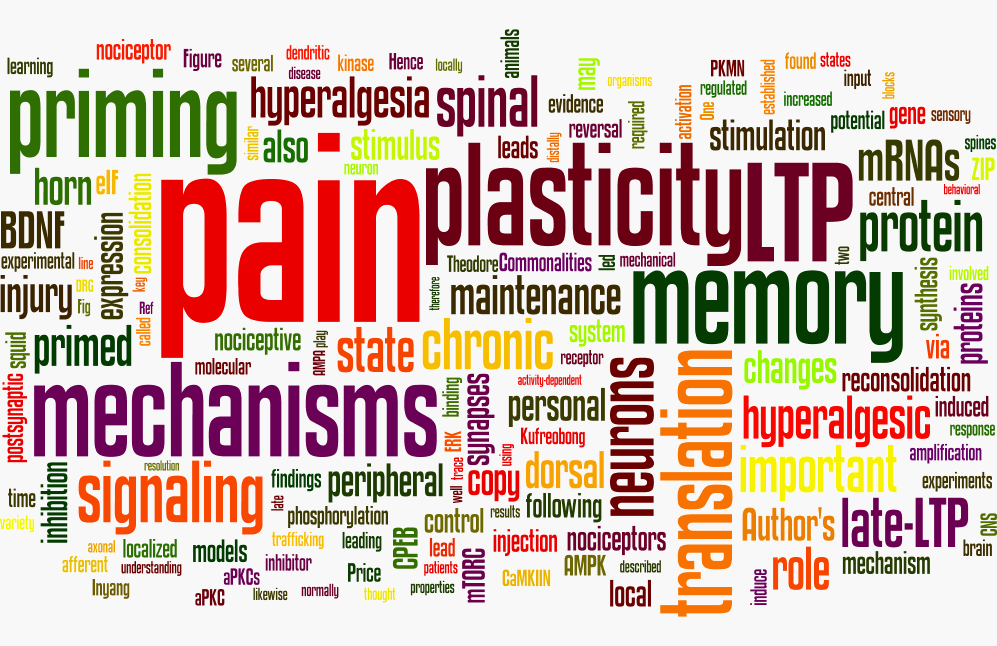Pain Research in the Price Lab

Pain serves a vital teaching function because it instructs organisms to avoid harmful stimuli. Pain plasticity is likewise a key feature of complex nervous systems because it signals for an organism to protect an injured area until the healing process has run its course. While these pain amplification mechanisms frequently resolve following healing, they can persist manifesting as chronic pain conditions. Moreover, chronic pain conditions (e.g. migraine headache) can arise without any apparent precipitating stimulus. Unfortunately these chronic pain conditions are poorly treated by current therapies creating an enormous burden of suffering with an economic impact estimated to be greater than diabetes, heart disease and cancer, combined! Hence, there is a great need to better understand mechanisms driving chronic pain and tailored therapeutic approaches that can reverse this aberrant plasticity.
Our laboratory is interested in the fundamental principles underlying pain plasticity. Our goal is to develop novel therapeutics based on these discoveries with the potential to either prevent the development of or permanently reverse chronic pain states. We focus on two major areas: 1) plasticity in peripheral nociceptive neurons following injury and, 2) plasticity in central nervous system circuits that results from persistent stimulation of peripheral nociceptors. We utilize molecular, biochemical, genetic, behavioral and electrophysiological techniques combined with an overarching interest in pharmacology and drug discovery to tackle this problem.